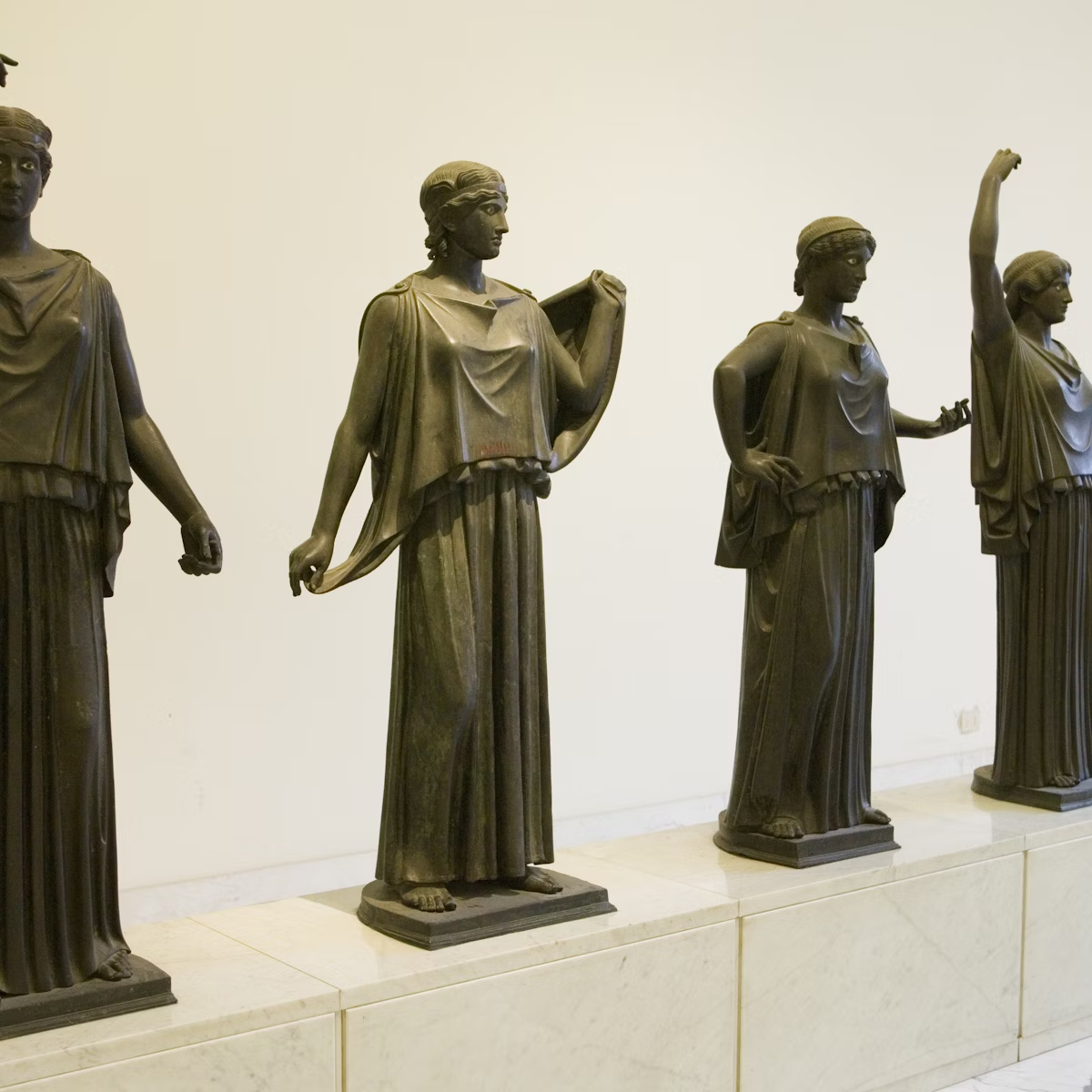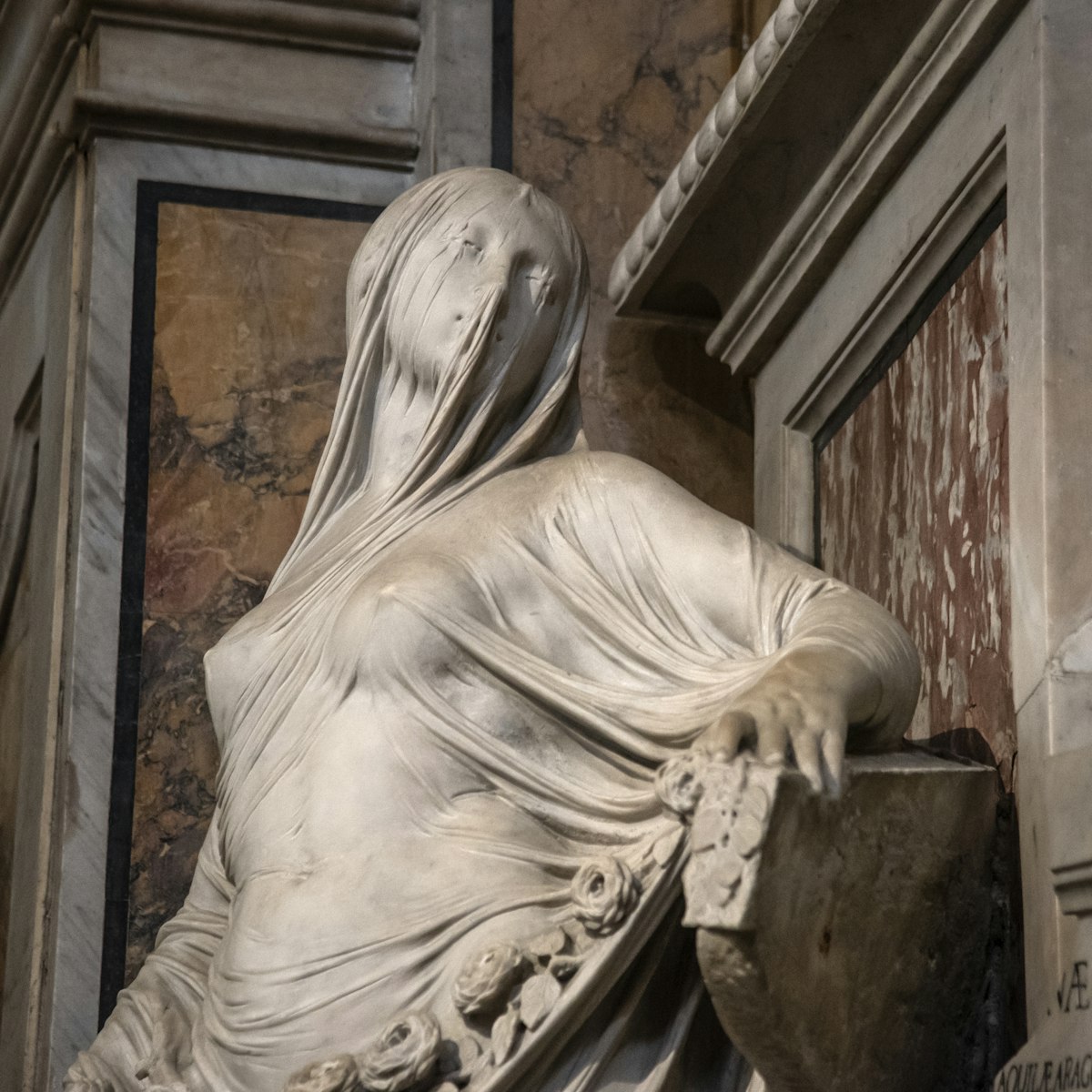Once the very symbol of Amalfi’s power, Cattedrale di Sant’Andrea (also known as Duomo di Amalfi) is the town’s most iconic monument to this day. It’s a must visit for everyone traveling to the Amalfi Coast… did you really visit if you didn't take a photo on the iconic stairs of the Duomo?
A true testament to Amalfi’s past as a melting pot of cultural influxes from everywhere in the Mediterranean (and beyond), the Cathedral has an eclectic appearance due to its long history and its many renovations throughout the centuries. In fact, the monumental complex is made up of various components: the main cathedral, the atrium, the Cloister of Paradise, the crypt and the Church of the Crucifix.
History of the Cattedrale di Sant’Andrea
As the first maritime republic, Amalfi dominated the sea in the Middle Ages and traded vastly with all peoples overlooking the Mediterranean. Every detail in the Duomo is a direct consequence of this. The original structure of the Cathedral dates back to the sixth century BCE; it was then annexed to a newer building in the 13th century, and ornamental changes and decorative additions continued in the centuries to come. The newer part was built to house the relics of St. Andrew that arrived from Constantinople in 1208 after the Fourth Crusade.
How to make the most of your visit to Amalfi’s Duomo?
The first thing you realize upon arriving in Piazza Duomo, the iconic main square of Amalfi, is that the church dominates it – you face a majestic staircase of 62 steps elevating the cathedral 20m (66ft) above street level. Before you brave the climb, walk across the small piazza to see St. Andrew from every possible angle. Some people say the best pictures of the duomo are from the harbor, with the facade and the colorful bell tower peeping out, sandwiched between pink and yellow structures.
Stand directly in front of the cathedral at the bottom of the steps to admire the grandiose facade, ornate with colorful mosaics of the saints, majolica, geometric designs, striped pillars and arched windows. At the top of the stairs, pause in the atrium. The massive bronze door to the cathedral, the first of its kind in Italy, was cast in Constantinople in 1057; it's a sign that Amalfi’s prestige and wealth had no equal at the time.
If you climbed the steps on a hot summer day, you might need a break. Turn around, approach one of the triple-arched windows onto the stairs and wait for your turn – tourists will be taking pictures from there, posing within the window's frame. The shade of the atrium creates a drastic dichotomy with the sunlight just outside, a great contrast for your photo.
The Cloister of Paradise
Proceed to the right and enter the Moorish-style cloister known as Chiostro del Paradiso. The ticket booth is on your way, and the €3 required to visit the entire Monumental Complex is worth it. In the Paradise Cloister, you’ll be overwhelmed by daylight – a stark contrast with the atrium – so put on your sunglasses. The cloister, built in the 1260s to host the tombs of the Amalfi nobility, is an open peristyle surrounded by 120 slim columns supporting Arabic arches. Two colors reign supreme: the pure white of the marble and the bright green of the Mediterranean garden at the center. Sheltered from the chaos of the atrium, the cloister feels like a world apart. It’s silent, as if every visitor is upholding an unspoken agreement to keep quiet. From the garden, you get a unique view of the majolica bell tower peeping through the palms.
Walk the peristyle and observe the remnants of the colorful mosaics along the wall and religious-themed frescos dating back to the 13th century in the small funerary chapels. You’ll encounter classical sarcophagi from the second century ACE representing scenes from Ancient Greek and Roman myths.
The Basilica of the Crucifix and the Crypt of Sant’Andrea
Follow the path to the single-naved Basilica of the Crucifix. This was the original church built in the sixth century, and today it primarily hosts the collection of the Diocesan Museum: part of the treasury, ancient artifacts of immense historical value and more religious frescoes in the side chapels. The columns and capitals date back to Ancient Roman times.
From here you access the crypt. Don't worry, it’s not at all creepy. You’ll only know you’re underground because the temperature decreases a bit, a welcome relief from the heat of Amalfi in summer. A mausoleum for St. Andrew Apostle and a triumph in Baroque/late Mannerismhe, the crypt is a work of art in its entirety: take in the frescoed vault, the statues, the reliefs and the stucco work. In true Baroque style, there is an abundance of ornaments that show off the wealth and taste of the commissioner, King Philip III of Spain.
Beneath the central altar of the crypt, under the watchful eye of the dark statue of St. Andrew, resides a sacred ampulla. In it is the miraculous manna, a liquid substance that comes out of his tomb on his sacred day, a miracle that's been happening for nearly 750 years. Amalfi residents celebrate the patron saint and his miracle on two different occasions every year – June 27 and November 30 – and if you’re in Amalfi on either of those days, you’ll witness feasts and processions.
Inside Cattedrale di Sant’Andrea
After taking your time admiring the Crypt, you’re ready to visit the Cathedral proper. The original Romanesque layout of the church was destroyed in the 18th century, when the cathedral adopted a Baroque aesthetic. The ceiling is made entirely of gold, save for the four vaults depicting images of St. Andrew’s life painted by Neapolitan artist Francesco Solimena, who also created the image of the crucified Apostle above the main altar.
Walk by the side chapels and note their unique depictions, artifacts and decorative elements spanning from Gothic to Moorish to Renaissance to Rococo styles, an exercise that reminds you that the cathedral is an amalgamation of different cultures and time periods.
Opening hours and tickets for Cattedrale di Sant’Andrea
Entrance to the Cathedral of St. Andrew is free during religious ceremonies and mass. Tickets for the whole Monumental Complex are €3, giving you access to the Cloister of Paradise, the Crypt and the Diocesan Museum in the Basilica of the Crucifix. The visiting hours of the duomo vary depending on the season – it’s open between 9:00am and 6:45pm every day between March and June; it closes one hour later in high summer between July and September. From November to February, the cathedral is open every day between 10 am and 1 pm, then again between 2:30pm and 4:30pm. At any time, please be mindful of your attire, as you are entering a religious site.
Insider Tip
Either before or after visiting the cathedral, don’t overlook the Fountain of Sant’Andrea at the center of Piazza Duomo. Made of marble in Baroque style, it represents Amalfi’s patron saint with his eponymous saltire, the overturned cross of his martyrdom. Beneath the sculpture of the saint on the basin, stand a siren, a satyr and an eagle, all sculpted in the 1500s.










